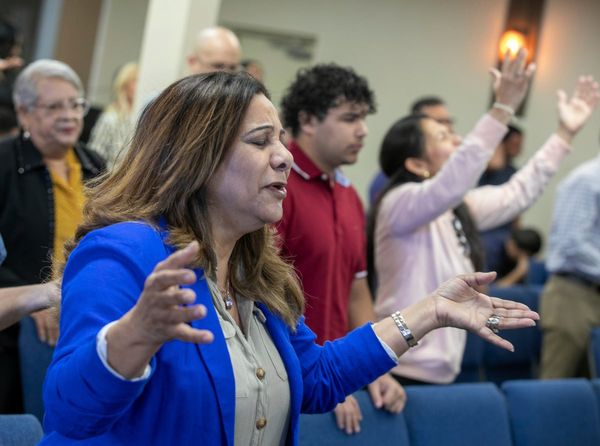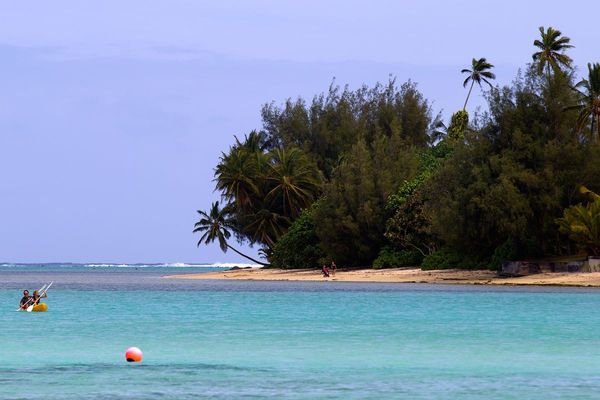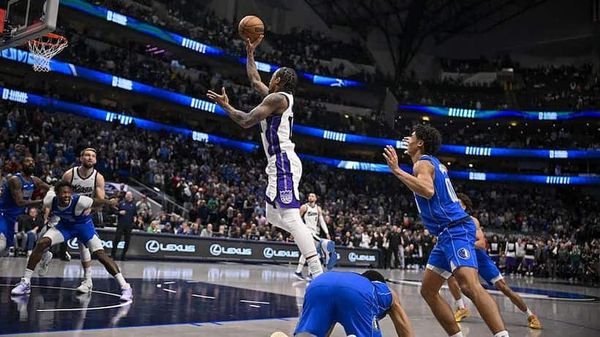Pottery, paintings and pandanus mats detailing stories from First Nations artists across the country have drawn large crowds at the Darwin Aboriginal Art Fair (DAAF).
A major event for art lovers around Australia, the fair is held every year at the Darwin Convention Centre as a way for talented Indigenous artists to bring their unique pieces to one central location and share their stories with the public.
This year's event is expected to bring in millions of dollars for the 78 art centres represented at the fair, delivering an economic boost to remote communities around the country.
DAAF chair Franchesca Cubillo said arts and culture in remote regions were the "lifeblood of any community".
"They are the place where opportunities flourish, be it textile design and fashion, or artists sharing the rich history of bark painting or western desert painting," she said.
But the fair was not just a chance to "share our culture as a gift to the nation", Ms Cubillo said.
It also allowed artists to earn a wage.
"They're able to secure an economic return, and that will allow that next generation of First Nations people to feel empowered — to actually start to think about, 'What might a business look like, operating out of my community?'" she said.
"We've got remarkable artists working out of art centres, but what if we had a modelling agency operating out at Gapuwiyak, for those remarkable young men who were a part of our Country to Couture [fashion show]?"
Knowledge shared between cultures and generations
For Karen Rogers, an artist from Ngukurr Arts Centre, the fair was also a chance to pass down skills to family.
"We've got my son at the moment, just teaching him how to do lino printing, printing on material," she said.
"He's been doing a good job, like framing canvas. I reckon art centres can offer a lot of things for young people, career pathways."
Ms Rogers said it was fascinating learning about other Indigenous cultures through art, and finding common links.
"This one from Torres Strait, I was really interested because I speak Kriol and they speak different Kriol," she said.
"They've got a dictionary. It was amazing seeing it, because they speak a little bit different to our way of speaking. It was inspiring."
Diversity on display
From the tropics to the desert, each art centre brought its own languages, styles and practices to the floor of the convention centre.
Lex Namponan, from Wik and Kugu Arts Centre, said his father was a major source of inspiration.
"We [saw] our dad when we were 14, 15 doing sculptures and bark painting and everything," he said.
"As we were growing [up] … it gave us the idea for what we're doing, and now we're here, travelling around with all our colleagues.
"I've got a big show coming up from this moment, back to home, going out country collecting timbers – milky pine, clays, white clay, red clay – from the ground."
The art fair runs until 4pm today.







